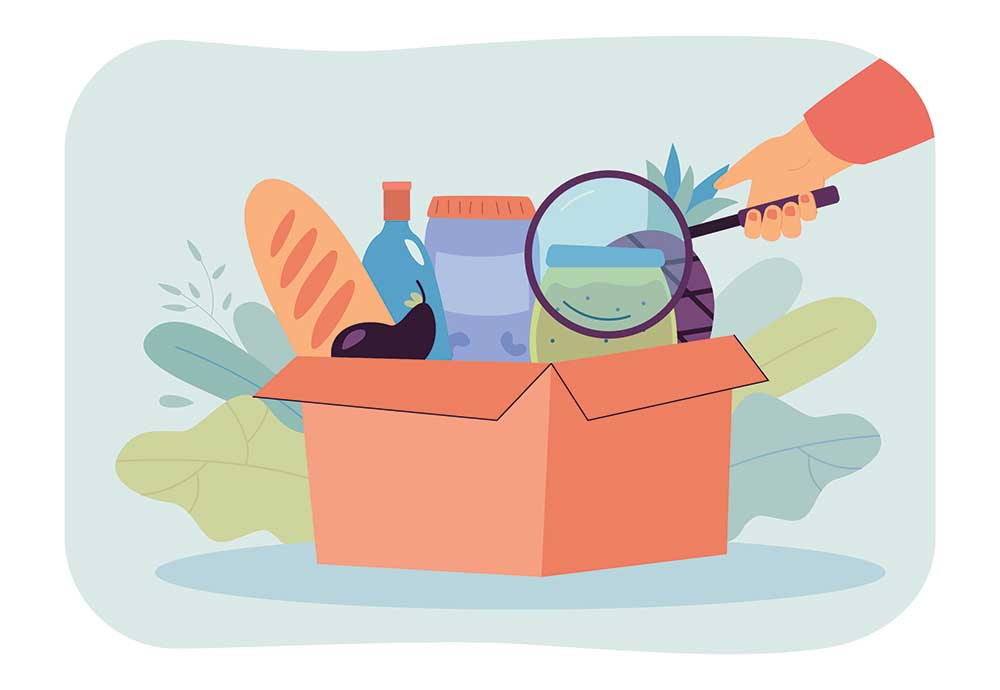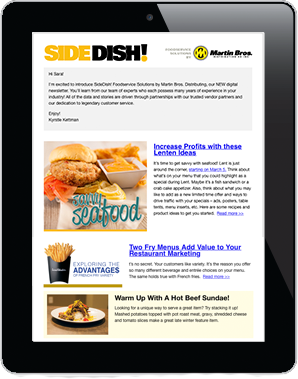From Vendor Partner FoodHandler
Time and Temperature Control for Safety Foods, or TCS Foods (which were previously known as Potentially Hazardous Foods), have characteristics that are especially conducive to rapid growth of harmful microorganisms.
Rapid growth occurs when the food is in the temperature danger zone (TDZ). The TDZ is that temperature range between refrigeration (below 41° F) and hot holding (135° F or higher). The “super” TDZ is between 70° F and 135° F. It is in this temperature range where reproduction of bacteria takes place at accelerated rates. That is why proper cooling of hot foods is so important. Because of that rapid growth, the longer foods are in the TDZ, the more bacterial cells will be present, thus likely causing an illness to whoever eats the food.
In operations, strategizing preparation and holding processes to minimize exposure in the TDZ is the goal. And temperature controls should be in place at all times.
The general rule of thumb is a total of four hours exposure to the TDZ. But keep in mind, the clock is ticking when foods are delivered to the loading dock and before placed into storage, when foods are pulled from refrigeration or freezer during preparation and after menu items are prepared but before service.
Newer versions of the Food Code provide guidance on using Time as a Public Health Control (TPHC), which was previously referred to as TILT (Time in Lieu of Temperature). In a nutshell, TPHC allows for hot or cold food holding without temperature controls (no refrigerated salad bar for instance) as long as foods are discarded at the end of the service period. (If food waste is a concern for your operation, then that is a point to consider in whether or not to adopt TPHC.) TPHC does have some requirements that must be met. One, it must be documented that food was at the proper temperature before pulling from the storage unit AND the food item must be labeled with either the time pulled from temperature controls or the time product is to be discarded. Second, cold foods can never exceed 70° F during the six hours allowed for the service period. Hot foods can be held without temperature controls for up to four hours.
For more information on why time and temperature monitoring is important as well as information on control strategies, please visit:
https://www.foodhandler.com/safebites-time-temperature-control/
https://www.foodhandler.com/safebites-time-and-temperature-control-how-tos/
For a helpful chart to determine if a food is a TCS food, check out this PDF from the FDA:
https://www.fda.gov/files/food/published/Job-Aid--Time-and-Temperature-Control-for-Safety-Foods.pdf






